Last-Minute NYC Holiday Gift Guide 🎁
We’ve created a holiday gift guide with presents for the intrepid New Yorker that should arrive just in time—


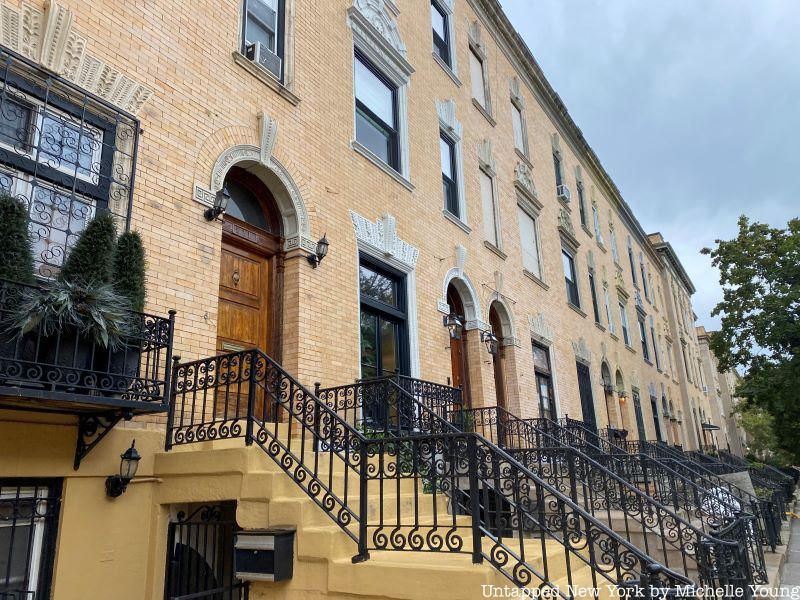
The “sweet life” of Black cultural thought leaders living in this West Harlem neighborhood during the 1920s gave Sugar Hill its moniker. Today, the area continues to exude elegance and culture. From world-class artistic institutions to prized international cuisine, Sugar Hill has something for everyone living in or visiting the area. History buffs flock to sites within and around the neighborhood, which is a designated Historic District spanning from Harlem to Hamilton Heights. It also contains a Federal District listed on the National Register of Historic Places in 2002.
Sugar Hill was home to figures like W.E.B. DuBois, Duke Ellington, Thurgood Marshall, and Adam Clayton Powell Jr. From its role as an upper-class neighborhood for affluent African Americans during the early 20th century to the proving grounds for some of the earliest hip hop icons, Sugar Hill has a rich cultural legacy still felt along its streets today. Two of those streets, St. Nicholas Avenue and St. Nicholas Place, house a number of mansions and brownstones with beautiful facades. From singers to literary legends, prominent government officials to groundbreaking naturalists, Sugar Hill has plenty of secrets and hidden gems to explore.

For many New York history buffs, the Morris-Jumel mansion needs no introduction. The oldest extant residence in Manhattan, the structure dates back to 1765 and played a significant role in early New York City. The property served as a summer home for British colonel Roger Morris and his wife Mary Philipse. A significantly sized property at the time, the entire property stretched 135 acres across what is now known as Mount Morris. The mansion stands just north of Sugar Hill, rising above the Jumel Terrace Historic District west of the mansion. The mansion was also a key site during the nearby Battle of Harlem Heights.
Many may not know that a special colonial milestone resides on the property. Hearkening back to early wayfinding along the colonial-era Albany Post Road, this mile marker records “Mile 11” on the historic trail and is one of only five remaining in New York City. The home is reportedly haunted, with multiple television personalities and paranormal programs such as “Ghost Adventures” and the “Holzer Files” trying to uncover the mysteries of the mansion’s historic phantoms. One such haunt is wealthy former resident Eliza Jumel, a 19th-century real estate impresario who made the stately residence her home with her first husband Stephen Jumel before his death, after which she lived here with her second husband of one year Aaron Burr.
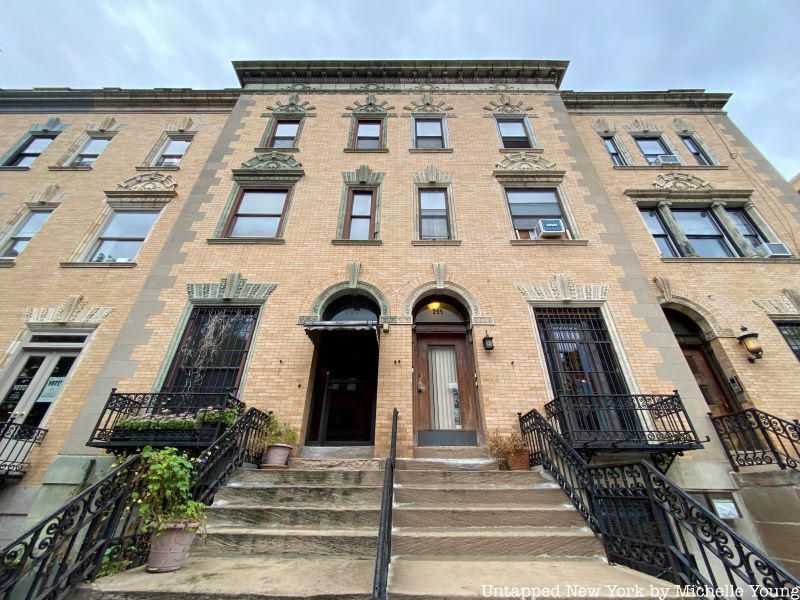
The rich cultural heritage and legacy of Strivers Row along Sugar Hill’s Eastern edge have captivated architecture fans and New York history buffs for decades. The pride of the district, this line of row houses became a major stepping stone in American culture when it was home to several renowned Black American music legends of the 20th century. Residents of Strivers Row have included W.C. Handy, Will Marion Cook, Noble Sissle, and many more.
Part of the designated St. Nicholas Historic District, Strivers Row was originally known as the King Model Houses. It serves as a cultural and architectural touchstone for those seeking to learn more about how this area of Harlem served as a key player in the birth of American pop music. From blues musicians to jazz legends, iconic cultural legacies form the foundation of Strivers Row’s impact and enduring significance to this day.

City College of New York‘s stunning Late Gothic structures rise above the surrounding residential neighborhood at the southwest edge of Sugar Hill. Built in the first decade of the 1900s, the university’s Shepherd Hall building —flanking the campus’ quadrangle courtyard — stands complete with architectural flourishes such as grotesques and gargoyles. The stone and terracotta building, built by legendary architect George Browne Post, has received a Lucy G. Moses Preservation Award from the New York Landmarks Conservancy. The entire span of the City College of New York campus spreads between St. Nicholas Park and Amsterdam Avenue.
City College holds particular significance for New York City’s Jewish community as several pivotal figures graduated from the institution including esteemed Jewish theologian Louis Finkelstein. This “Harvard-on-the-Hudson” also produced renowned American politicians such as the New York Senator and labor reformer Robert Wagner, and even the late Secretary of State Colin Powell. Additionally, two time capsules, along with a slightly more arcane “century box,” are buried at prominent positions across the grounds. For time capsule enthusiasts, set your calendars to 2047 and 2050 when the two proper time capsules will be opened. As for the retrieval of the century box, only the gargoyles and grotesques perched across the college’s historic buildings know the secret.
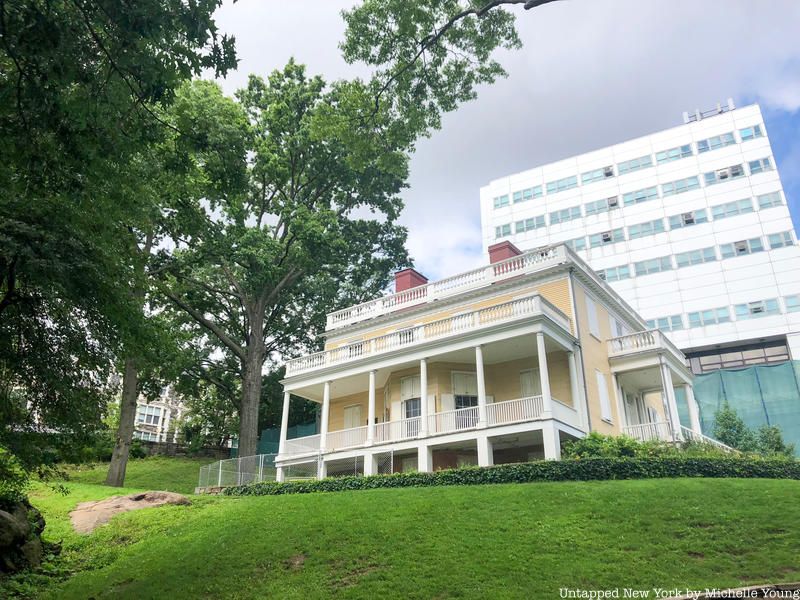
The historic Hamilton Grange National Memorial, the site of Alexander Hamilton‘s only residence that heowned, is currently located at the northern tip of St. Nicholas Park. While the location seems abrupt for the historic home — it was moved to its current location near a corner of St. Nicholas Avenue just below the City College of New York campus — the home itself dates back to 1802. Hamilton prized it as his residence, honoring the Hamilton family home in Scotland. He commissioned it just north of the city as a residence for himself and his family while he conducted political business for New York.
While Hamilton took great pride in his home, he resided there for only two years before his death in his infamous duel with Aaron Burr. Many of the home’s original features remain intact, including some surprising colonial-era artifacts such as a cooler gifted to him by George Washington. Without the intervention of nearby St. Luke’s Episcopal Church, the home would have likely been bulldozed in the 19th century. Through dedication and perseverance, the church gave Hamilton Grange a lift — literally. The entire residence had to be lifted over the church in order to make it to safety and eventually become the revered national memorial it is today. Today, there are 13 sweetgum trees on the property to represent the 13 colonies. And the National Park Service offices are now in the home’s private chambers.
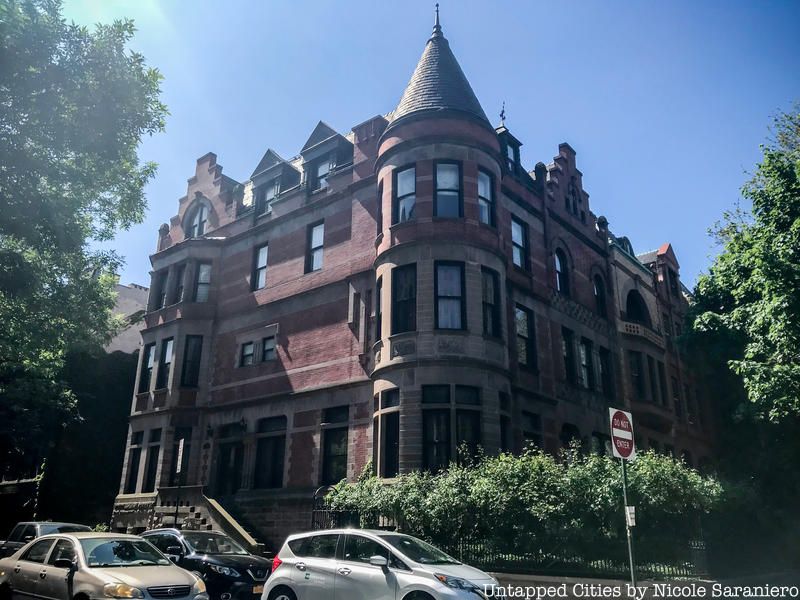
A few short blocks north of City College on Convent Avenue stands a magnificent red brick building. Imposing and glamorous, the Flemish Revival mansion might look vaguely familiar. The impressive structure, which is over 6,000 square feet with more than 50 windows throughout, is known to fans of Wes Anderson, who recognize the stately townhouse as the home of the surviving Tenenbaum family members from the much-loved film “The Royal Tenenbaums.”
Developed by Jacob D. Butler and designed by Adolph Hoak, the townhouse served as home to U.S. Attorney Charles H. Tuttle, who lived here in the early 20th century. Several prestigious lawmakers and government officials have visited the home, including Fiorello LaGuardia, during Tuttle’s time in residence. Passersby can get a glimpse of the home on the Southeast corner of 144th Street and Convent Avenue.
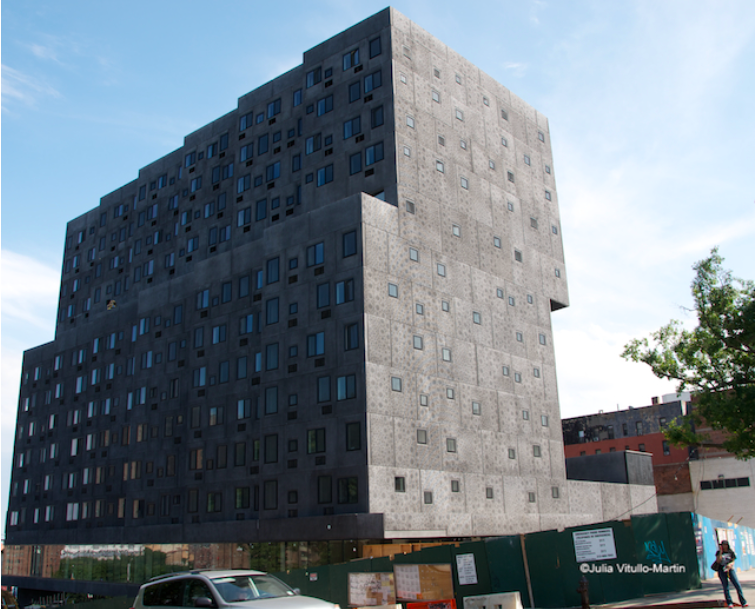
The David Adjaye-designed Sugar Hill Children’s Museum of Art and Storytelling rises gracefully above the northern edge of Sugar Hill. Completed in 2014, the structure is part of the larger development known as the Sugar Hill Project which houses art exhibitions and an artist residency. The museum is one of the newest-built arts institutions in New York City, presenting contemporary cultural programming for local residents and visitors alike.
Nearby Dance Theatre of Harlem, founded in 1969 during the Civil Rights movement, has made its home in Sugar Hill. The theater’s company was originally founded by the first Black principal dancer at the New York City ballet, Andrew Mitchell. Slightly farther south lies the prestigious Harlem Stage, a venue for BIPOC artists to present music, dance, and theatrical productions within a historic 1890s-era building.
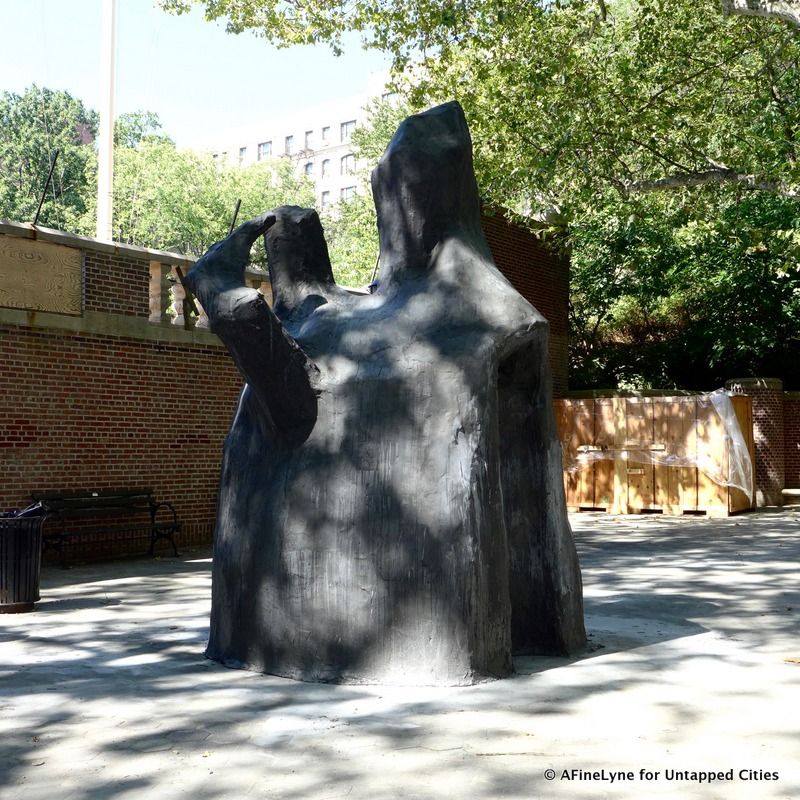
True fans of groundbreaking baseball icon Jackie Robinson know his childhood home is located in Flatbush, but Robinson also has persistent ties to the Harlem community. Inducted into the Baseball Hall of Fame in 1962, Robinson was the dedicatee of Sugar Hill’s Jackie Robinson Park. Stretching north 10 blocks from its southern edge on 145th Street, Jackie Robinson Park lies along Edgecombe Avenue. One of only four parks designated as Historic Harlem Parks, the site was originally known as Colonial Park when New York City opened it as a playground in 1911.
Jackie Robinson Park has one of only ten pools in the city completed by Robert Moses. Keen onlookers can spot a bust of Jackie Robinson by artist Inge Hardison inside the pool and recreational center entryway (near W147th and Bradhurst Avenue). At the height of the Civil Rights movement in 1964, Robinson pledged to help the historically Black Harlem community find greater financial freedom. Robinson became a cofounder of Freedom National Bank of Harlem, which served as a lender for the Black community and earned the loving moniker “Our Bank” by Harlem residents. In 1978 City Council member Fred Samuel advanced the local law renaming the park after the famous athlete and entrepreneur.
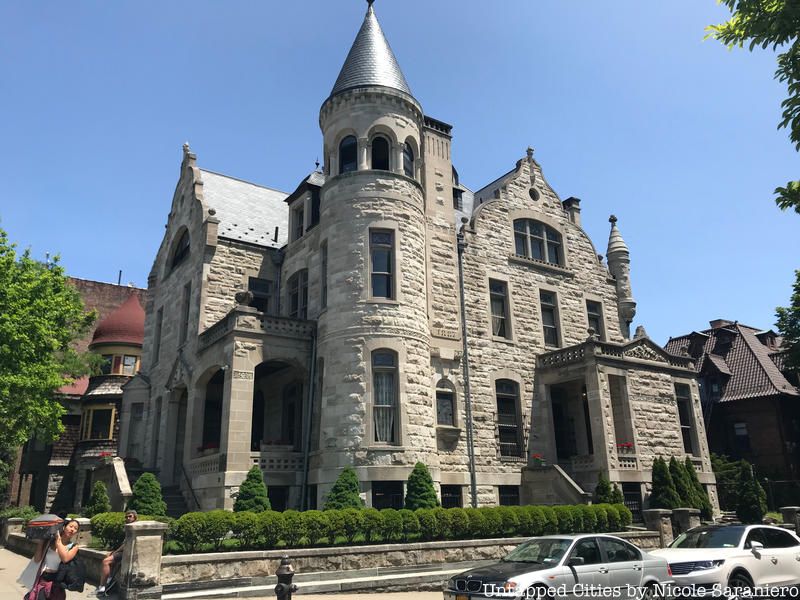
The James A. and Ruth M. Bailey House is a limestone mansion on St. Nicholas Place and West 150th Street. It was designed for James A. Bailey of Barnum & Bailey Circus and was built from 1886 to 1888. The Romanesque Revival home was designed by Samuel B. Reed, who designed homes, churches, and other buildings across upstate New York, New York City, New Jersey, and Connecticut. Bailey lived at the home nearly two decades after starting the circus in 1871. At the time, the home had a direct view of the Long Island Sound to the east since it was one of the only buildings at the time.
Currently located on the National Register of Historic Places, the home is one of the oldest and most ornate structures in Sugar Hill. Henry Belcher, a cousin of Louis Comfort Tiffany, designed the home’s stained glass mosaic windows, and the home includes a corner tower with a conical cap and Flemish-style gables. The interior includes many types of wood, including oak in the entrance hall, black walnut in the office, and sycamore in the library. Bailey and his family lived at the Harlem home for about a decade before moving permanently to the family estate in Mount Vernon. The home served as a nursing home after it was bought in 1951 by Marguerite Blake. Some residents say that the home is haunted to this day.
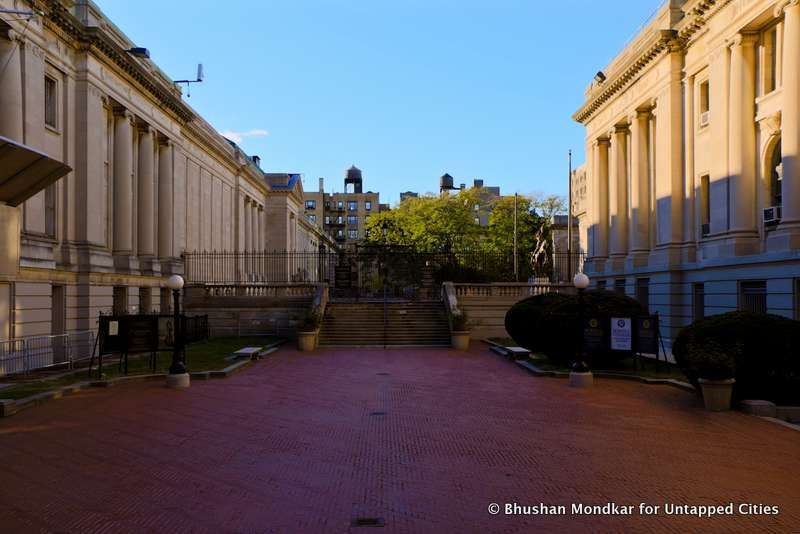
On the far western edge of Sugar Hill toward Washington Heights lies the historic Trinity Cemetery and the Church of the Intercession. Dating from the 19th century, the church and graveyard are situated on land that belonged to the venerated artist and naturalist John James Audubon. Not only did Audubon previously own the land which was converted into this churchyard, but he is also buried on the property. Dedicated historians and nature lovers can find their way to his gravesite by wandering onto the grounds at 155th Street and Broadway.
Another little-known fact? This Trinity Cemetery is related to the historic Trinity Church in Lower Manhattan, which counted among its members a certain George Washington. By the early 1800s, the popular churchyard at its downtown location was too crowded, so church leaders sought a location farther uptown to offer as a burial ground. Architect James Renwick Jr. was hired to complete the task, and the rest is history.
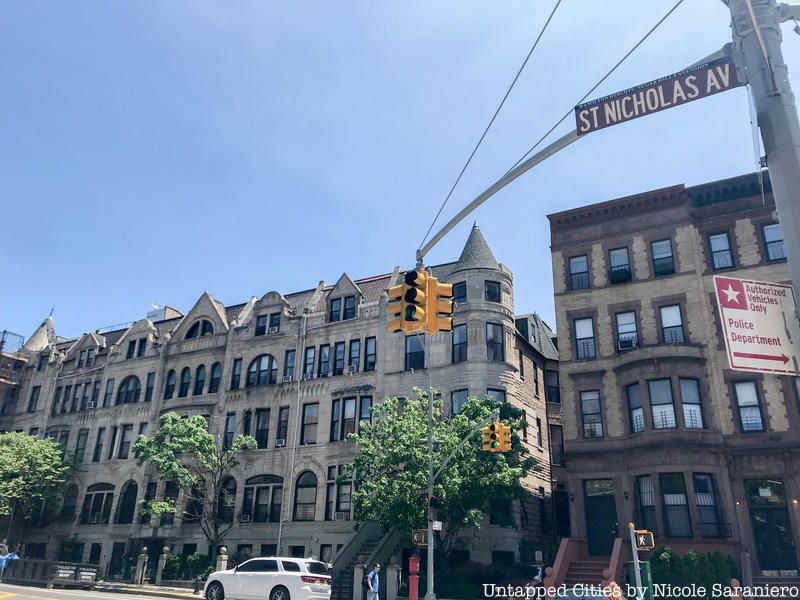
The Sugarhill Gang was a hip-hop trio behind the 1979 hit “Rapper’s Delight,” the first rap single to break top 40 on the Billboard Hot 100. Though, while they are named for the neighborhood (as was their record label), they were all based in Englewood, New Jersey. They were assembled into a group by Sylvia Robinson, who with her husband Joe Robinson founded Sugar Hill Records.
Though, the group and their eponymous first album brought some attention to the neighborhood. The group originated with members Master G, Wonder Mike, and Big Bank Hank. The neighborhood did raise some hip hop musicians, and some of this heritage is reflected at the annual Sugar Hill Music Festival.
Next, explore the Top 5 Secrets of the Crypt in Hamilton Heights.
Subscribe to our newsletter